The Samsung Galaxy S7 Edge arrived in 2016 as the curvaceous sibling in Samsung's flagship duo, representing the pinnacle of smartphone design and technology at its time of release. Two years might as well be two decades in smartphone terms, but the S7 Edge still holds up remarkably well today for those seeking a premium device without chasing the latest specs.
Design and Build Quality
From the moment you pick up the Galaxy S7 Edge, its premium construction is immediately apparent. The phone features a seamless metal frame sandwiched between curved Gorilla Glass 4 panels front and back. Samsung's mastery of curved displays reached new heights with this model - the 5.5-inch dual-edge Super AMOLED panel flows beautifully into the aluminum frame with no awkward transitions. At 157 grams and 7.7mm thickness, it strikes an excellent balance between substantial feel and pocketability. The IP68 rating means you needn't worry about accidental dunks in water, a feature that still isn't universal even in today's flagships.
Display
The centerpiece is undoubtedly that stunning Quad HD (2560×1440) Super AMOLED display. Even by today's standards, it remains one of the most visually impressive smartphone screens ever made. Colors pop with AMOLED's characteristic vibrancy while maintaining impressive accuracy in the 'Basic' display mode. The dual-curve implementation isn't just for show - edge lighting notifications and quick-access app panels add genuine functionality. Outdoor visibility is excellent thanks to exceptional brightness capabilities, and the always-on display feature provides glanceable information without waking the phone.
Performance and Hardware
Powered by either the Exynos 8890 or Snapdragon 820 chipset (depending on region) paired with 4GB RAM, the S7 Edge delivers smooth performance for all but the most demanding modern applications. While newer chips have obviously surpassed it in raw power, the combination of efficient processors and Samsung's software optimization means the phone still handles daily tasks with ease. Gaming performance remains respectable, though graphically intensive titles may require reduced quality settings. The 3600mAh battery was massive for its time and still provides solid endurance, easily lasting a full day with moderate use.
Camera Capabilities
Samsung's camera prowess shone brightly with the S7 Edge. The 12MP Dual Pixel rear sensor with f/1.7 aperture captures stunning images with excellent dynamic range and low-light performance that rivals many contemporary mid-range phones. The fast autofocus system remains one of the quickest we've tested, making it excellent for capturing moving subjects. While it lacks multiple lenses and computational photography tricks of newer devices, the image quality from the primary sensor holds up remarkably well. The 5MP front camera delivers decent selfies, though it shows its age compared to modern high-resolution front sensors.
Software Experience
Originally launching with Android 6.0 Marshmallow, the S7 Edge received updates up to Android 8.0 Oreo. While no longer receiving official support, the mature software is stable and feature-complete. Samsung's TouchWiz interface (now evolved into One UI) provides numerous customization options and useful features like Secure Folder and advanced power management. The lack of recent security updates is a concern for privacy-conscious users, but the phone remains perfectly usable for those who don't handle sensitive information.
Audio and Additional Features
The single downward-firing speaker delivers adequate sound quality, though it's easily muffled when holding the phone in landscape orientation. The inclusion of a 3.5mm headphone jack will please audio enthusiasts, and sound quality through wired headphones is excellent. Wireless charging and Samsung Pay (with MST support) were premium features in 2016 that remain convenient today. The physical home button doubles as a fingerprint sensor - while slower and less accurate than modern in-display solutions, it gets the job done.
Conclusion
The Galaxy S7 Edge represents a high-water mark in smartphone design where manufacturers prioritized ergonomics and usability alongside raw specifications. While clearly outpaced by modern flagships in performance and camera technology, it remains a surprisingly capable device for general use. The stunning display, premium build, and water resistance make it an excellent secondary device or a budget-friendly alternative for those who can live without the latest software updates. Its enduring appeal is a testament to Samsung's engineering prowess at the peak of the pre-notch smartphone era.
Samsung Galaxy S7 Edge Full Specifications:
Dimensions: 150.9 x 72.6 x 7.7 mm, 157g
Display: 5.5" Quad HD Super AMOLED (2560×1440, 534ppi), curved edges
Chipset: Exynos 8890 Octa/Snapdragon 820 (region dependent)
Memory: 4GB RAM, 32/64GB storage + microSD expansion (up to 256GB)
Rear Camera: 12MP Dual Pixel, f/1.7, OIS, 4K video
Front Camera: 5MP, f/1.7
Battery: 3600mAh, fast wired/wireless charging
OS: Android 6.0 Marshmallow (upgradable to 8.0 Oreo)
Connectivity: Wi-Fi 802.11 a/b/g/n/ac, Bluetooth 4.2, NFC
Ports: USB 2.0 Type-C, 3.5mm headphone jack
Durability: IP68 water/dust resistance
Other: Fingerprint sensor, heart rate monitor, Always-on Display

By /Jun 4, 2025
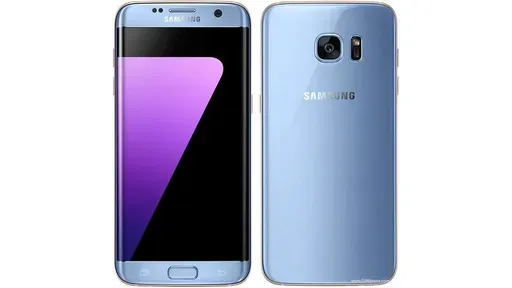
By /Jun 4, 2025

By /Jun 4, 2025
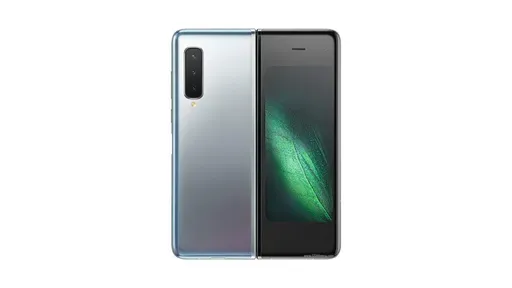
By /Jun 4, 2025
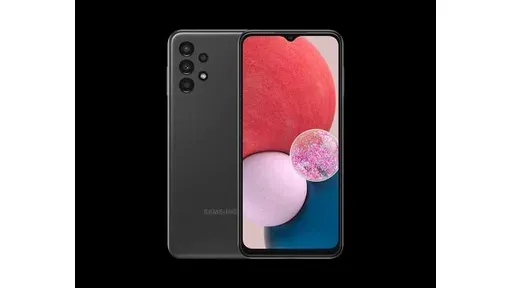
By /Jun 4, 2025

By /Jun 4, 2025

By /Jun 4, 2025
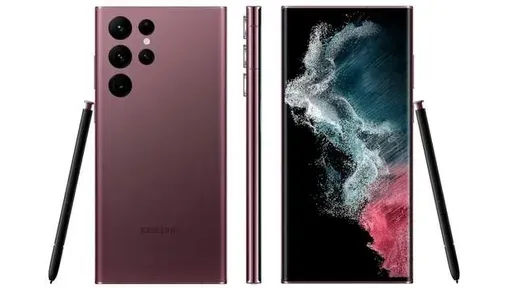
By /Jun 4, 2025

By /Jun 4, 2025

By /Jun 4, 2025
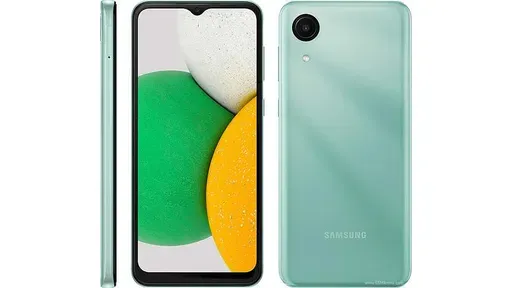
By /Jun 4, 2025
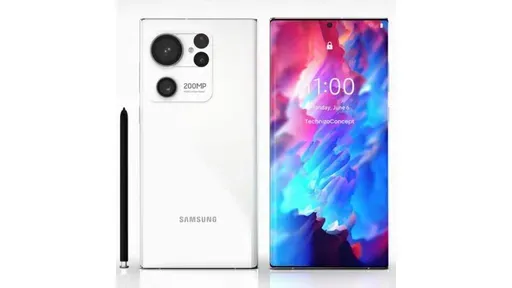
By /Jun 4, 2025
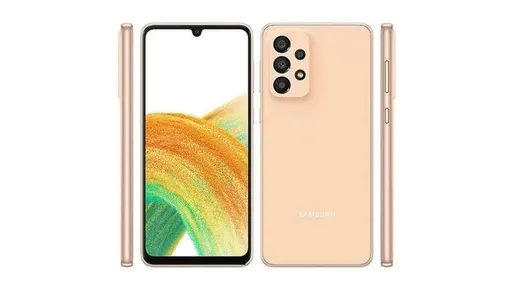
By /Jun 4, 2025
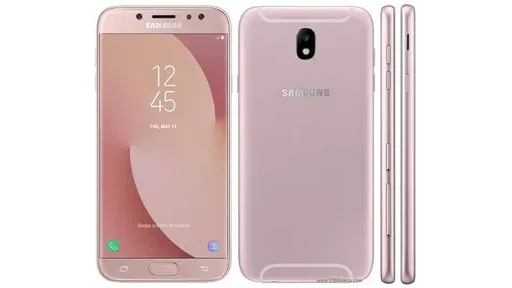
By /Jun 4, 2025
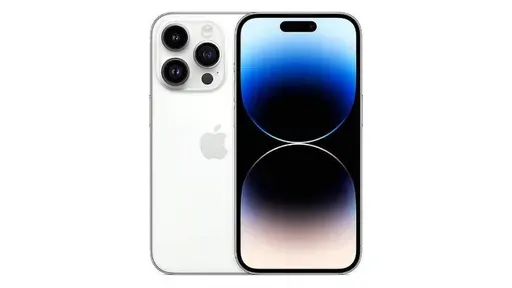
By /Jun 4, 2025
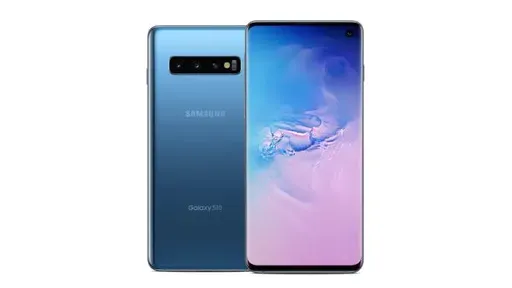
By /Jun 4, 2025

By /Jun 4, 2025
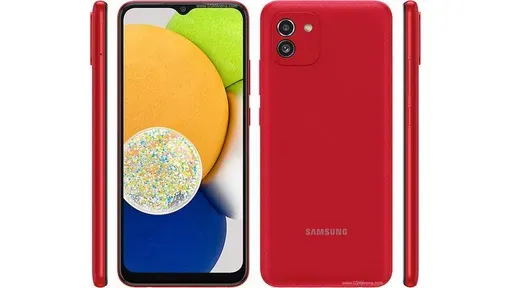
By /Jun 4, 2025

By /Jun 4, 2025
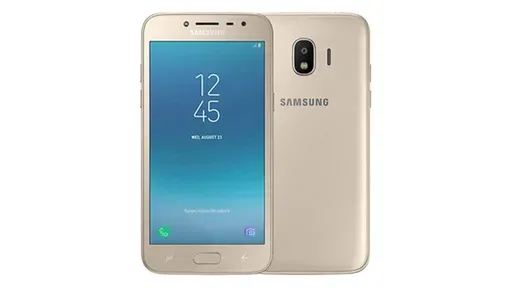
By /Jun 4, 2025

By /Jun 4, 2025

By /Jun 4, 2025
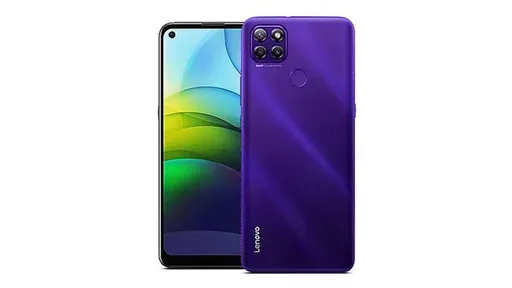
By /Jun 4, 2025

By /Jun 4, 2025

By /Jun 4, 2025

By /Jun 4, 2025

By /Jun 4, 2025
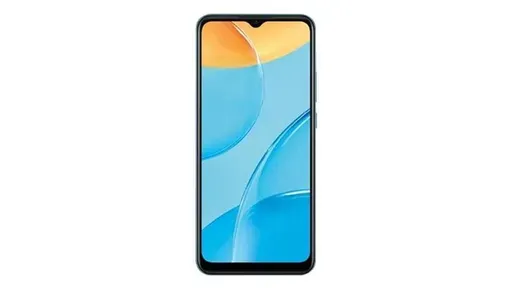
By /Jun 4, 2025

By /Jun 4, 2025

By /Jun 4, 2025
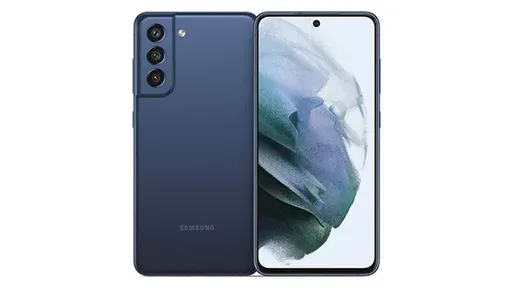
By /Jun 4, 2025

By /Jun 4, 2025

By /Jun 4, 2025

By /Jun 4, 2025
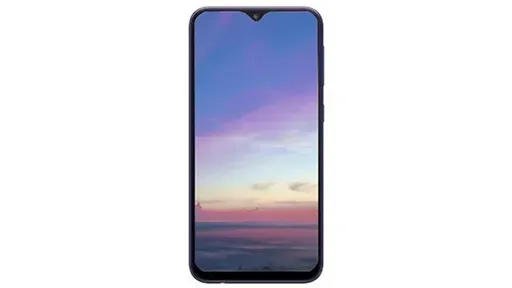
By /Jun 4, 2025